An introduction to the ever-changing technological landscape within the healthcare industry, pharmacy management software (PMS) has become a vital tool for healthcare providers as well.
Understanding the changing requirements of these organizations, Devstree Australia underscores the necessity of creating solid pharmacy management software. This article explores the complexities of managing pharmacies and outlines the key actions and factors to consider when creating specific healthcare applications that simplify processes and improve standards of patient care.
The way Devstree’s PMS helps Reduce Pharmaceutical Industry Expenses:
Devstree Australia’s Pharmacy Management Software (PMS) stands out as a symbol of technological innovation that is transforming the landscape of business in the pharmaceutical industry and efficiently reducing expenses. Efficiency, precision, and adherence take center stage in this business, and the PMS is a crucial instrument for streamlining processes and reducing costs.
The introduction of new capabilities, like appointment scheduling for doctors, can not only improve processes but also position pharmacies to sustainably grow and increase profits in the highly competitive marketplace for pharmaceuticals. With the help of Devstree Australia’s experienced hire software developers, companies can get a custom approach to effortlessly implementing features such as appointment scheduling for doctors to improve effectiveness and efficiency.
Features of the Devstree Pharmacy Management System:
Patient Data Administration: Effectively manages and saves patient data such as prescriptions, medical history, and other contact information to ensure quick access to records and accurate recording.
Prescription Management: Improve the efficiency of prescription procedures from creation through modification and retrieval. Make use of electronic prescription processing to minimize mistakes made by hand and improve accuracy.
Inventory Control: Track and manage the inventory of pharmaceuticals, including stock levels and expiration dates, as well as alerts for reordering. Improve stock levels to reduce waste and ensure the availability of the product.
Sales and billing: Facilitate seamless transactions with automated billing processes. Create invoices and receipts, and efficiently manage payments while minimizing manual errors and increasing the tracking of financials.
Vendor and Supplier Management: Create a complete database of vendors and suppliers to streamline the purchasing process. Automate order placement as well as tracking deliveries. You can also keep track of supplier relationships.
Analytics and Reports: Produce precise reports of inventory, sales, and other important metrics. Analytics tools can provide insight into the performance of businesses, assisting strategic decisions.
Multi-Location Support: This allows you to support multiple pharmacy locations at the same time and centralized management of data and reporting to ensure uniformity and effectiveness for all branch locations.
Barcode Scanning: Make use of barcode scanning technology to speed up and accurate identification of your product, increasing the efficiency of inventory management and decreasing the risk of mishaps in medication distribution.
Integration with Healthcare Systems: Integrate the Pharmacy Management System with other health structures, for instance, Electronic Health Records (EHR), to allow seamless data sharing and coordinated care of patients.
Assistance and Training: Provide user-friendly interfaces as well as extensive educational materials to ensure that pharmacy personnel can effectively use the system. Continuous support and upgrades help ensure the system’s long-term viability.
Steps to Develop Pharmacy Management Software by Devstree:
Define the requirements and scope: Define the requirements as well as the scope for your software for managing pharmacies before designing. Meet with pharmacy technicians, pharmacists, and others to identify the most important aspects and identify unique requirements and challenges.
Designing User Experience (UX) and User Interface (UI): Design an intuitive and user-friendly interface to facilitate smooth navigation for pharmacy staff, prioritizing features such as easy prescription entry, barcode scanning, and a clear display of patient information.
Database Design: Develop an efficient database structure that can manipulate and store data efficiently with the help of the relational database control system (RDBMS) to save based statistics. You should ensure scalability and an easy interface for other platforms.
Incorporating external systems: Devstree Australia emphasizes the integration of software for managing pharmacies together with electronic health records and insurance (EHR) software. Develop APIs that allow for seamless data exchange and compatibility with other systems.
Prescription Processing: Design a complete module for processing prescriptions that includes features such as prescription entry and validation, dispensing, and barcode scanning. Be sure to alert users to potential interactions with drugs and allergies.
Inventory Management: Set up an efficient inventory management system that tracks the levels of medication stocks as well as expiration dates and reorder points. Automate the supply chain by implementing features such as automated reorder alerts as well as supplier management.
Patient Management: Develop an entire patient management program that includes patient profiles, medication histories, and tracking prescriptions. Make sure that patients can easily access their information and provide customized medication counseling.
Analytics and Reporting: Implement reporting and analytics tools that provide insight into pharmacy performance as well as inventory turnover and prescription trends. Customized reports aid in making decisions and optimizing business.
Testing and quality assurance: Conduct thorough testing throughout the process of development, which includes the testing of functionality and security and testing for user acceptance, to ensure that the product meets the highest quality standards.
Installation and Education: Develop a phasing installation to reduce disruptions when the software for managing pharmacies is in place. Offer comprehensive training for pharmacists to make sure that the transition is smooth with this new software.
Maintain and update the software: Frequently upgrade the software to deal with the latest risks to security, legislative changes, and feedback from users. Create a maintenance plan to ensure that the system is running smoothly and effectively.
Conclusion:
Creating pharmacy management software using Devstree Australia requires meticulous planning, close collaboration with other stakeholders, and absolute compliance with regulatory standards. Through engaging committed developers and focusing on the user’s requirements, compliance, and simplified features, a system can be designed that not only improves the efficiency of pharmacy operations but also enhances healthcare for patients.






.svg)

.svg)


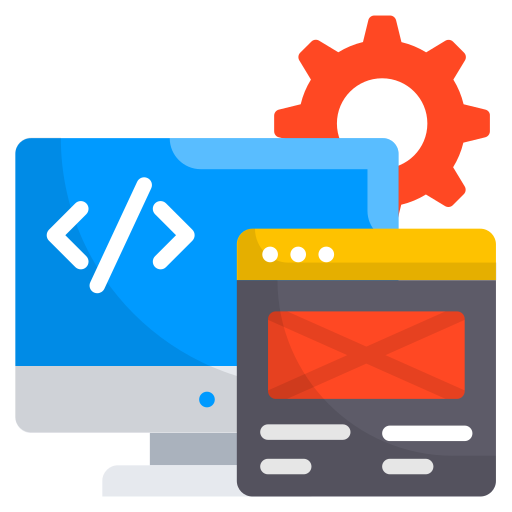


.png)
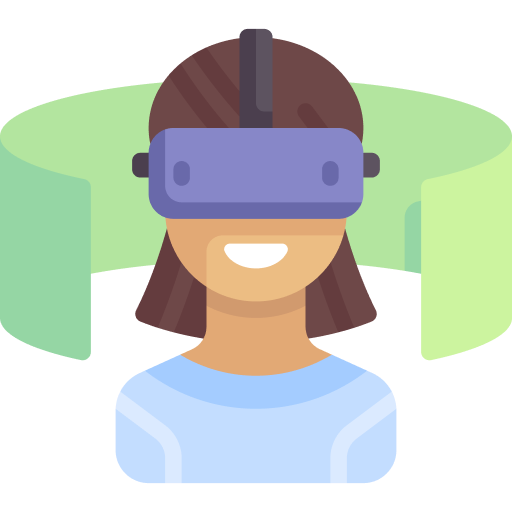
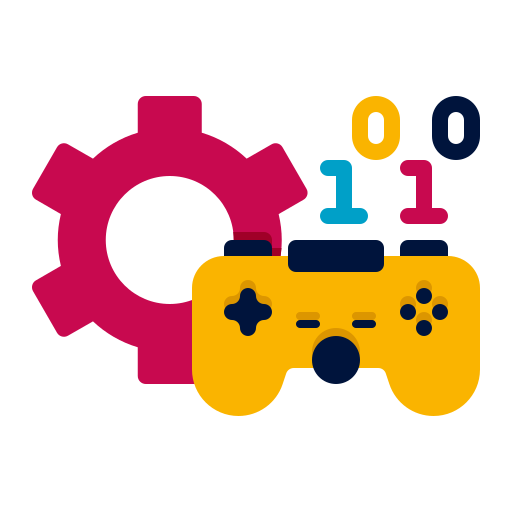
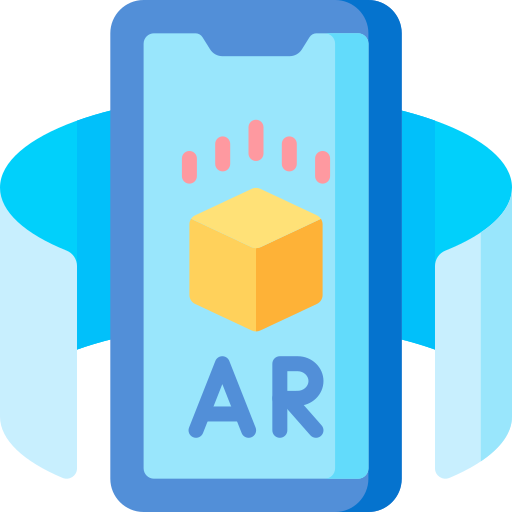




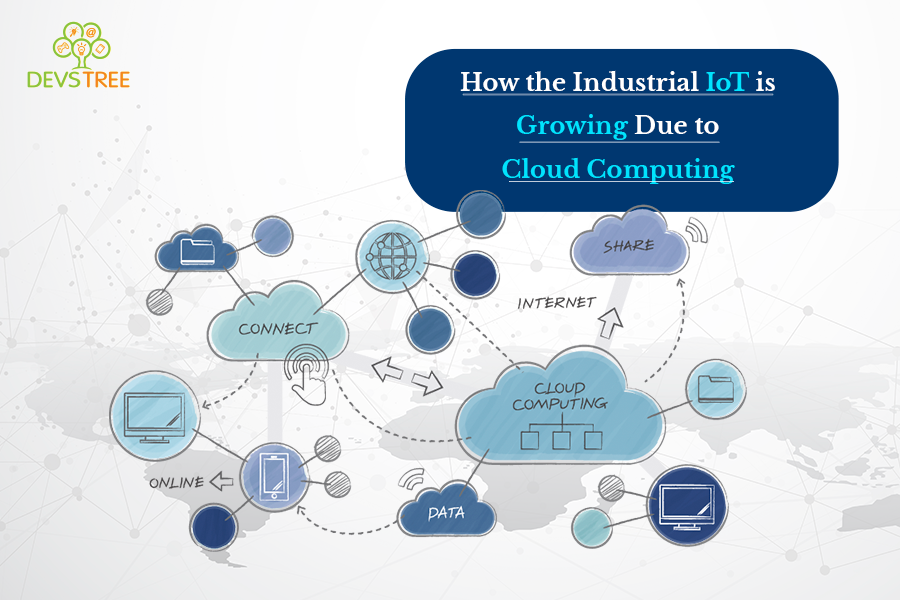
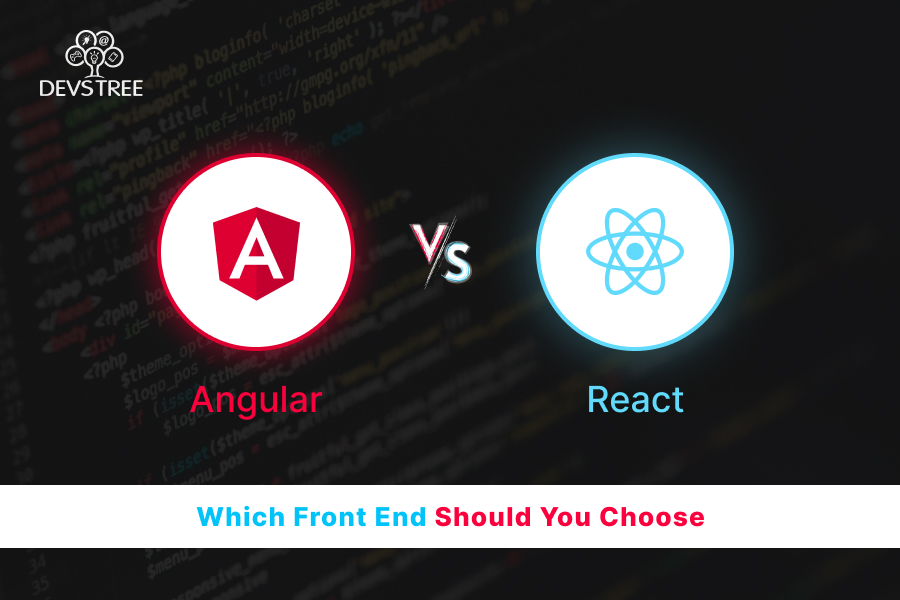
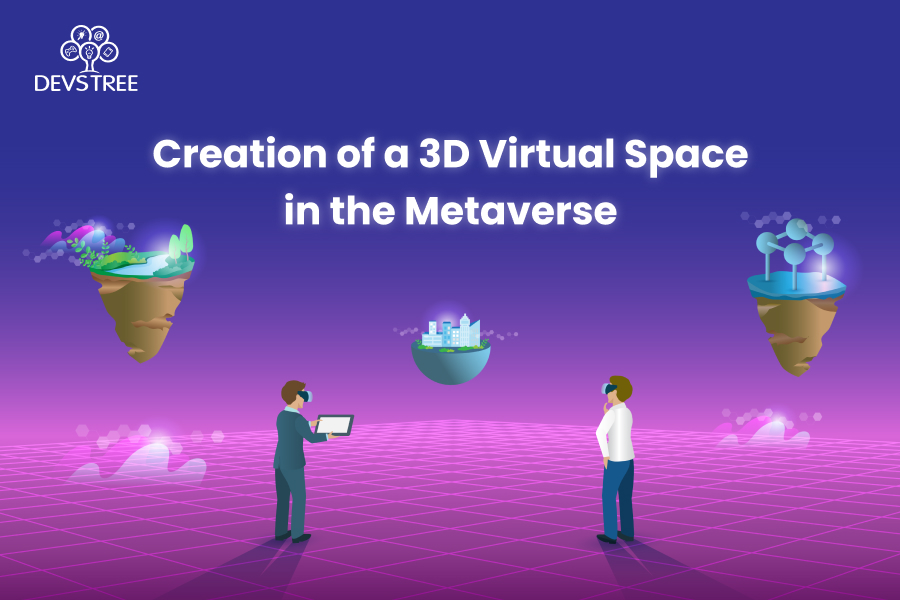
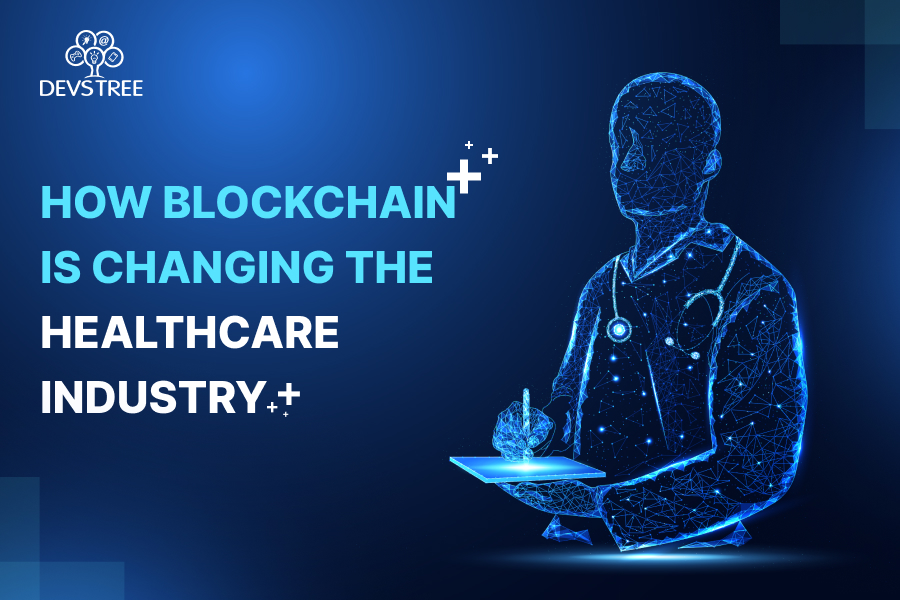
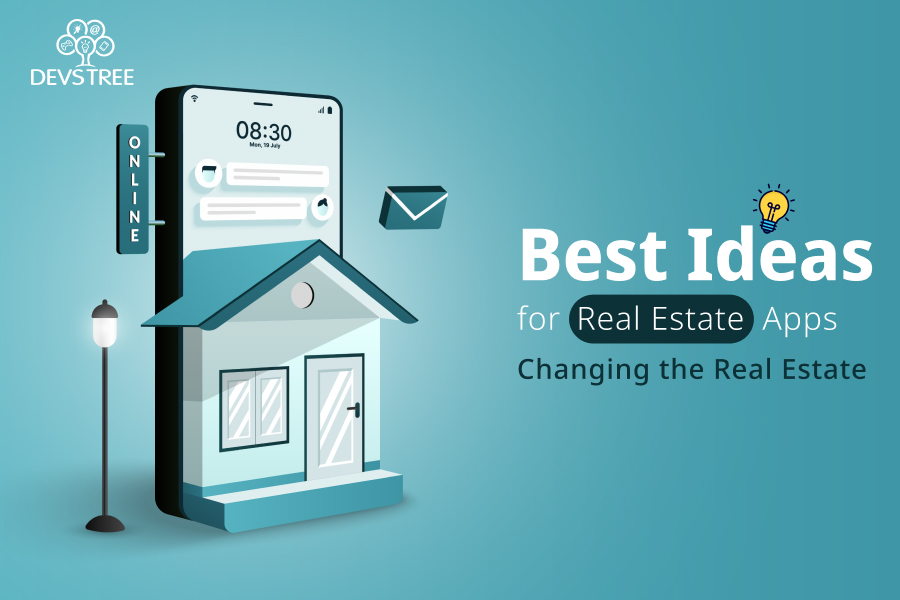
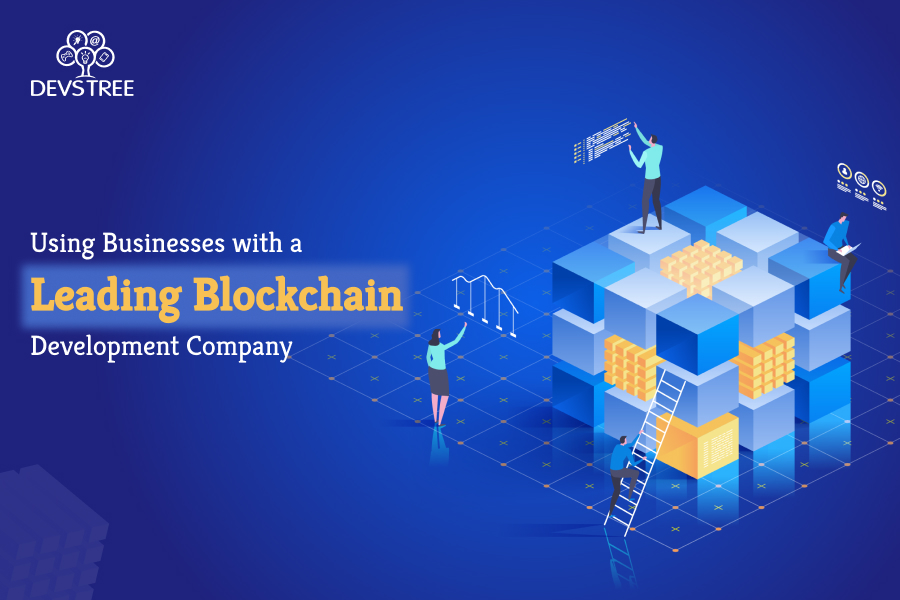
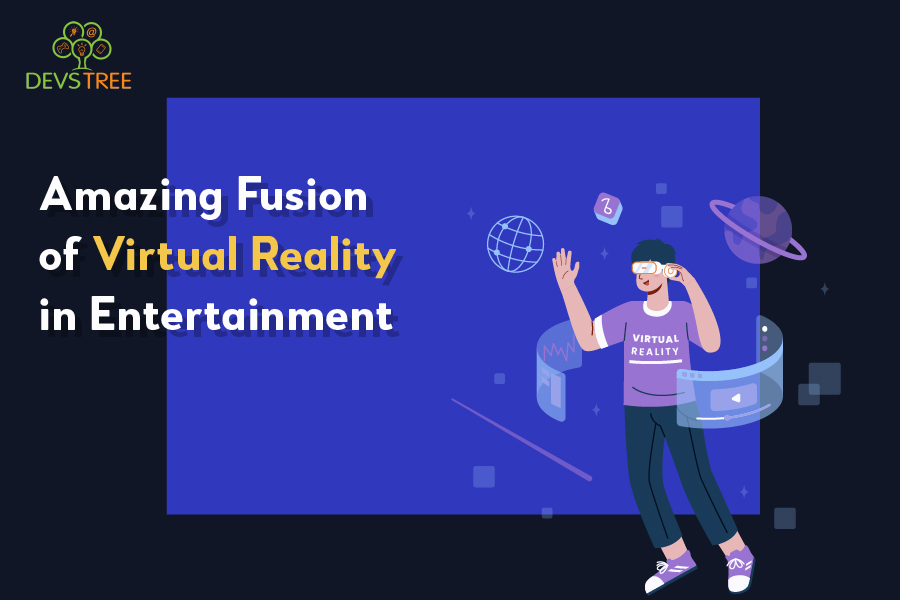
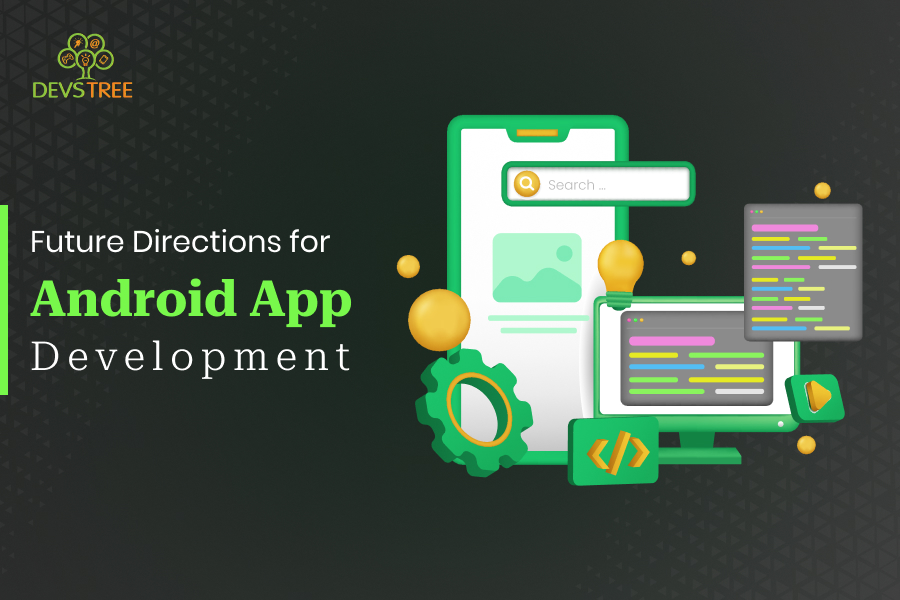
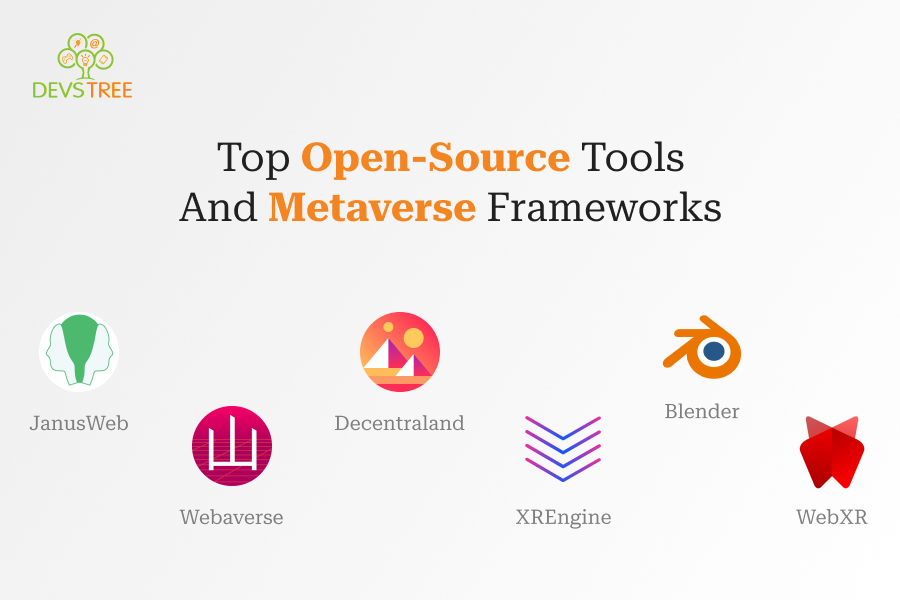
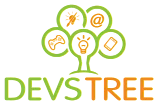




originil.webp)

originil.webp)

